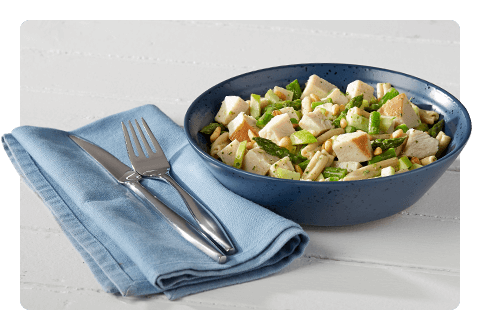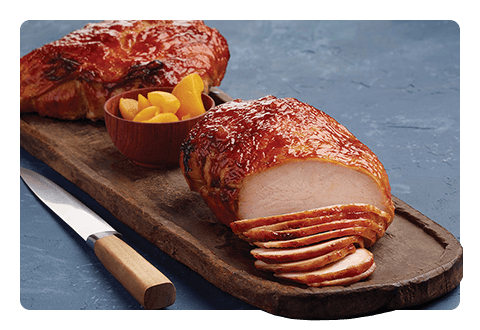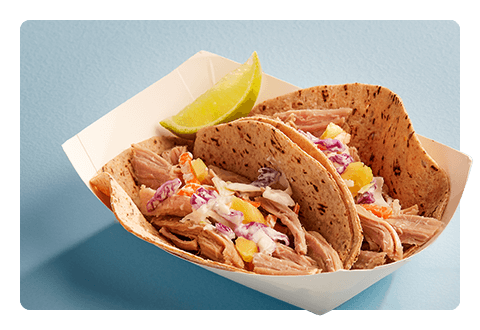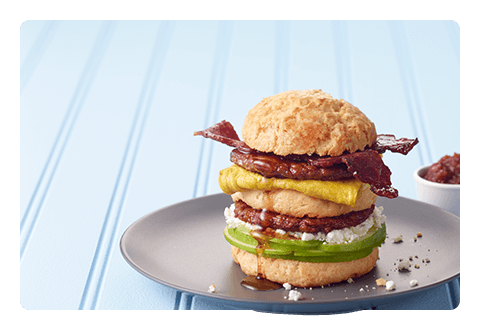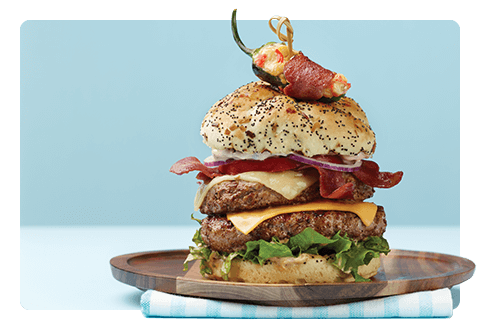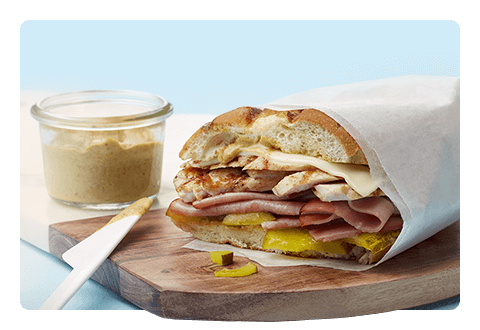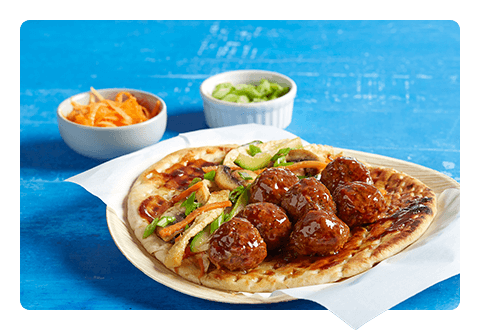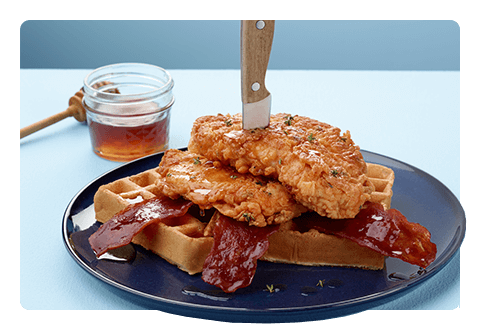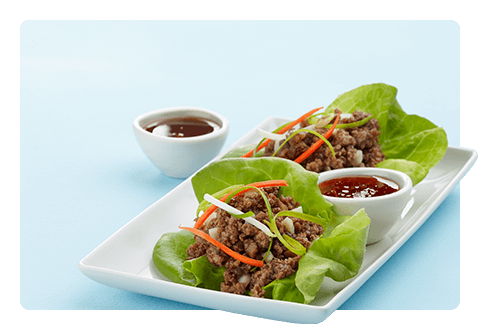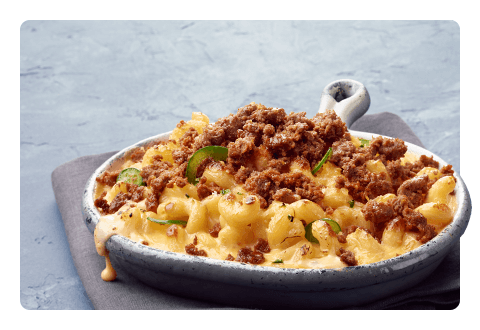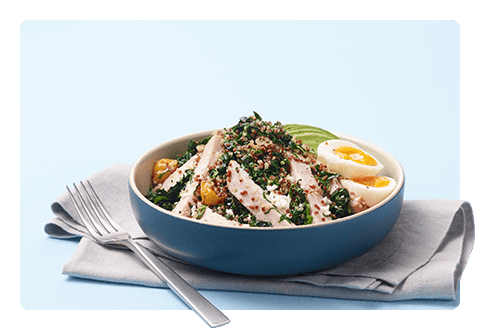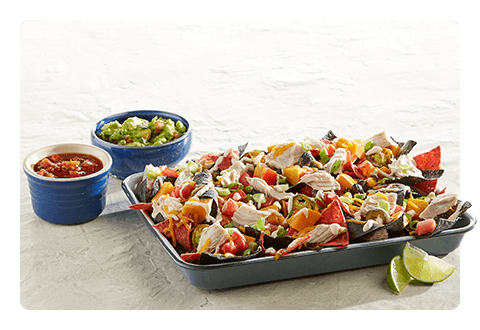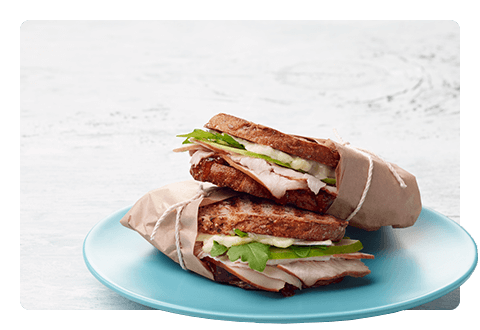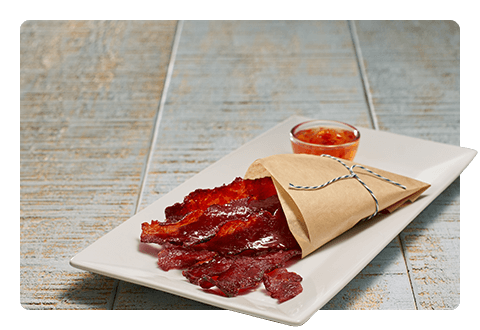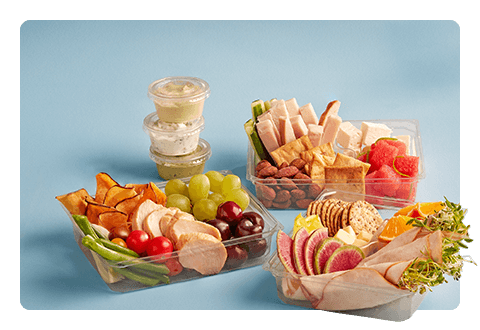Operators Redefine Healthcare Foodservice
September 2019
From patients to visitors and staff, those in healthcare have many different dietary needs. Although their eating requirements may vary, these diners demand nutritious options that deliver the same quality they would find in restaurants—and healthcare operators are rising to the challenge of offering healthy foods in innovative ways.
Technology is one way that healthcare foodservice is transforming. Throughout Jefferson Health locations in Philadelphia, guests can find vending machines that dispense Simply Good Jars—reusable containers that come in varieties of organic yogurt, salads and more. Jefferson Health is also experimenting with robotics that assemble prepared ingredients into salads and various bowls using algorithms. For those in need of quick, healthy options, this Mediterranean Power Salad delivers layers of superfoods in a jar.
Grab and go also provides much-needed convenience for visitors and staff. Whereas yogurt and protein bars were the usual transportable fare in hospitals, portability is popping up for full meals, from easy-to-carry burritos to sandwiches and salads. At one of the Regional Health hospitals in South Dakota, operators rehauled retail dining to feature a grab-and-go section and an outdoor patio where diners may enjoy their meals outside the cafeteria. Operators can meet the demand for grab-and-go choices with this Turkey & Fig Panini and Baja Turkey Salad Wrap.
While the popularity of food trucks isn’t new, they’re moving into this segment. The University of Miami Health System has a stationary trailer in its courtyard to replicate the look, feel and on-trend quality of a food truck. Other hospitals use these culinary vehicles to menu nutrient-rich foods, such as salads, tacos and stir-fries. Healthcare operators who don’t have the option to add a set of wheels can draw inspiration from food trucks to revamp their menus.
Ethnic flavors are trending throughout all of foodservice, and healthcare is no exception. Fusion dishes as well as LTOs can bring the culinary creativity that keeps patients interested and draws visitors and staff to on-site dining services. From falafel to poke bowls, international cuisines full of vegetables and bold sauces stretch the possibilities of delicious, healthy offerings. Try this Turkey Banh Mi or Turkey Shawarma to add better-for-you menu items that are globally inspired.
Off-premise dining has the potential to be a key player in healthcare, too. The delivery program at York Hospital in Maine initially began for patients recovering outside the hospital and has expanded to include senior citizens, families and more. A group of volunteers takes the special of the day from the campus cafeteria to the wider community, a service that differentiates York Hospital from others. Delivery enables operators to serve nutritious meals to more diners without requiring additional venue space and is an option worth exploring based on its popularity.
Efforts to encourage healthy eating can go beyond menuing better-for-you fare. Education is an invaluable tool, and hosting wellness workshops or simply listing nutritional information can increase awareness. By stepping up what healthcare foodservice has to offer, operators are empowering people to make better dining decisions.
What kinds of innovation have you seen in healthcare foodservice? Tell us about it on Facebook or LinkedIn. To keep up with what’s happening in the industry, visit our Resource Center.
SOURCES
Rowe, Megan. Jefferson Health walks the healthy talk, Food Management, July 2019.
5 innovative ideas happening in healthcare foodservice, FoodService Director, January 2018.
Buzalka, Mike. Outdoor smoker highlights hospital’s café makeover, Food Management, July 2019.
Buzalka, Mike. Healthcare Innovator of the Year: Morrison at the University of Miami Hospital, Food Management, January 2019.
Hospital to expand its meal delivery service, FoodService Director, February 2019.

